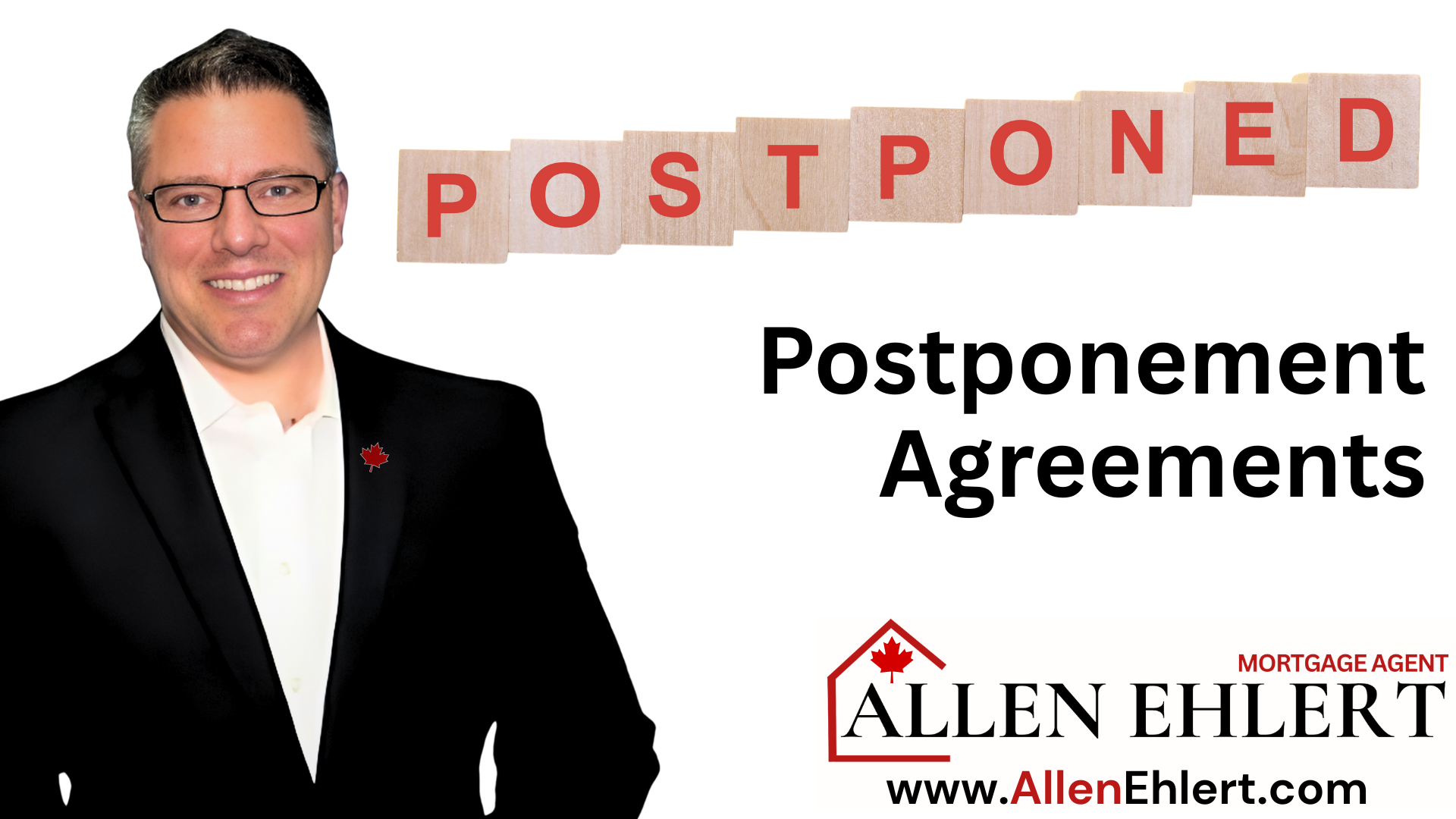In the context of mortgages in Ontario, a “switch” (also known as a “transfer”) refers to the process of moving your existing mortgage from one lender to another without changing the remaining balance or term of the mortgage. This can be done for various reasons, such as obtaining a lower interest rate, better customer service, or more favourable terms and conditions.
The ‘Switch’ Process
The switch process typically involves the following steps:
- Shopping Around
- Completing the Application
- Getting Lender Approval
- Completing the Legal Process
- Recognizing Fees
- Completing the Transaction
- Shopping Around
You start by comparing offers from different lenders to see if there are better interest rates or terms available than what your current lender is offering.

Application
Work with Allen Ehlert to review your situation and come back to you with several best options across the market for you to consider. Once you decide on your more favourable offer, Allen Ehlert will manage the application for a mortgage with your new chosen lender. This application will include providing details about your financial situation, the property, and the existing mortgage.
Approval
The new lender will assess your application, which includes evaluating your creditworthiness and the property’s value. If approved, they will offer you a mortgage commitment. This mortgage commitment in the current market will often contain at 90 to 120 day rate hold. If rates go up, you keep the rate the lender committed to you. If rates go down, you can take advantage of the lower rates.
Legal Process
To complete the switch, legal documents must be prepared and signed. This usually involves hiring a lawyer or a notary to handle the paperwork, including the discharge of the mortgage from your current lender and registering the new mortgage. If you do not regularly work with a lawyer, Allen Ehlert can refer you to a lawyer or offer you a selection of attorneys who have experience handling switches.
Fees
There may be costs associated with switching lenders, such as appraisal fees, legal fees, and possibly a discharge fee from your current lender. However, some lenders offer to cover these costs to attract your business.
Completion
Once all documents are signed and fees are paid, your mortgage will be officially transferred to the new lender.
A Switch is Not Refinancing
It’s important to note that a switch is different from refinancing. Refinancing often involves changing the mortgage amount, term, or taking out additional equity from your property, which can involve a more complex process and potentially higher costs.
Before deciding to switch your mortgage, it’s advisable to carefully consider the potential savings from lower interest rates against any fees you might incur during the switch process. Consult with Allen Ehlert to get valuable insights tailored to your specific situation.












